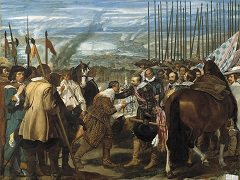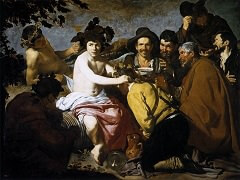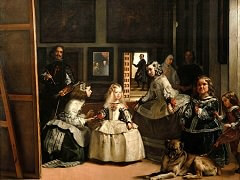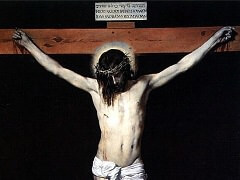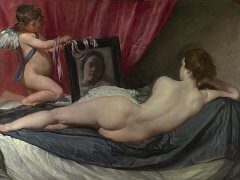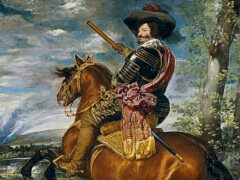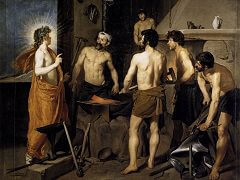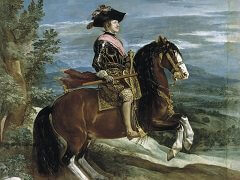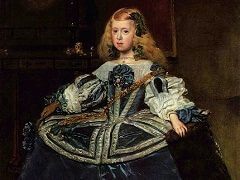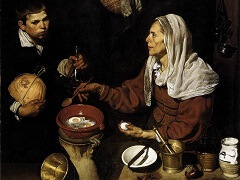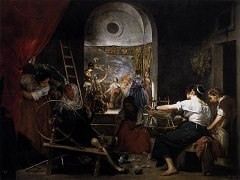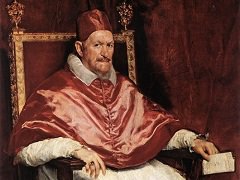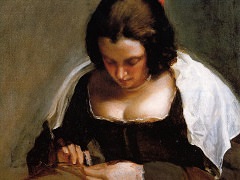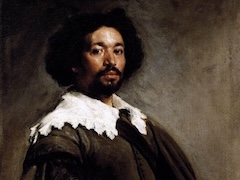Villa Medici, Grotto-Loggia Facade, 1630 by Diego Velázquez
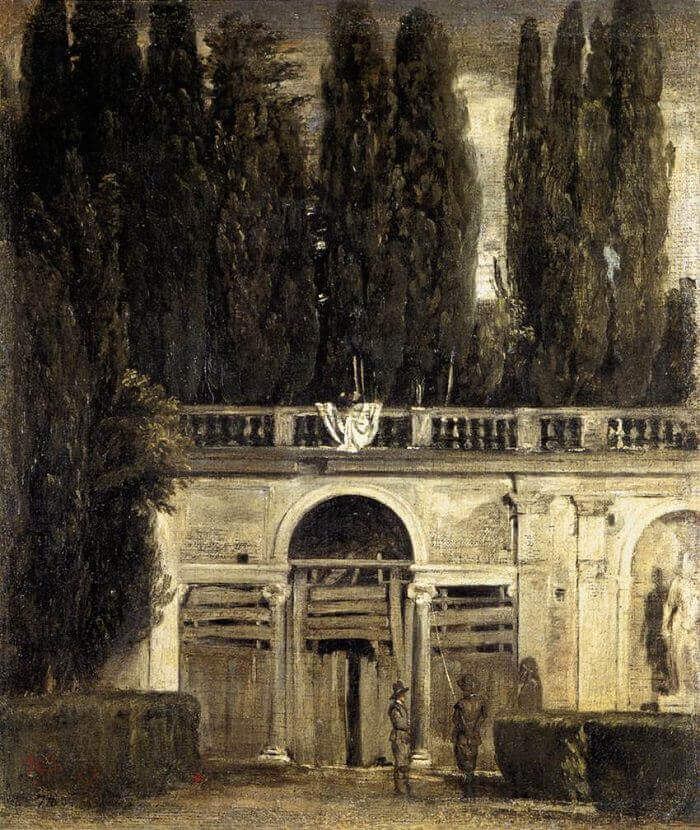
Although Velázquez enjoyed life in Rome during his first visit to Italy, he feared the summer heat in the city, and consequently in May 1630 withdrew for two months to the secluded Villa Medici, which was also an ideal place for him to pursue his studies of classical antiquity. Here he produced two small landscapes of astonishing originality, which represents aspects of the gardens of the Villa Medici.
During the previous decade, a few northern artists in Rome began to draw out of doors, continuing and expanding upon the practice of depicting ancient sites initiated by draftsmen of the sixteenth century. Velázquez's little paintings are derived from the plein air drawings of such artists as Paul Bril and Bartolomeus Breenburgh. However, they appear to have been among the first paintings made on site instead of in the studio. Velázquez appropriates the allusive technique of drawing to create almost palpable effects of light and atmosphere. Curiously, he was never again to paint a pure landscape, and thus these remarkable pictures can be interpreted as another example of experimental practices undertaken in Rome in order to expand his artistic horizons.

